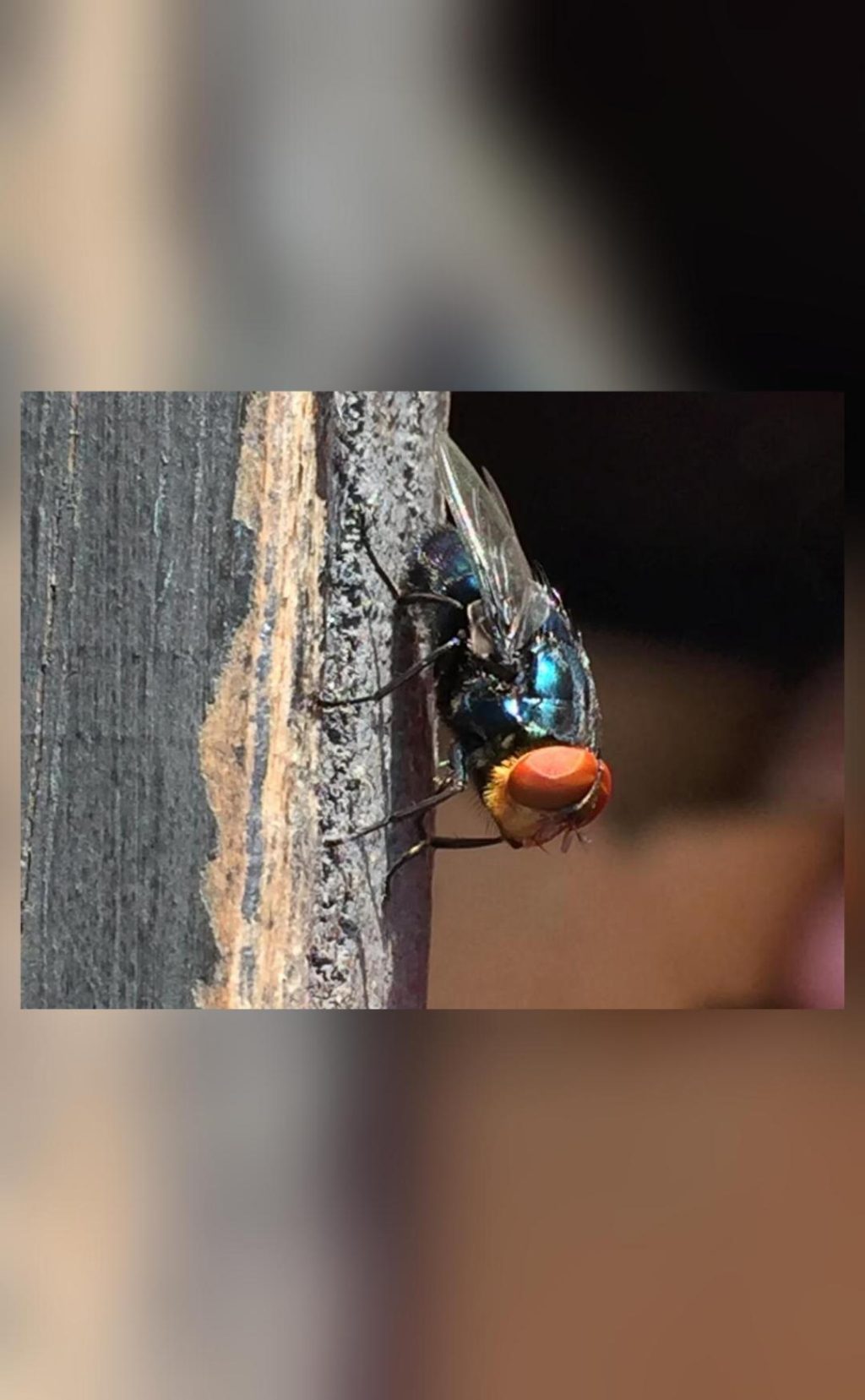
Why is the US planning to breed screwworm flies and dump them from planes over Mexico?
In an unprecedented effort to protect its beef industry, the US government is planning to breed billions of male screwworm flies and dump them from planes over Mexico and southern Texas. But what’s the logic behind this unusual strategy? And how does it plan to achieve its goal of eradicating the flesh-eating larvae of the New World screwworm fly?
To understand the reasoning behind this move, let’s first delve into the history of the screwworm fly. The New World screwworm fly (Chrysops nigripes) is a type of fly that is native to the Americas and has been a significant pest in the livestock industry for centuries. The fly’s larvae feed on the flesh of warm-blooded animals, including cattle, horses, and dogs, causing significant economic losses and animal suffering.
In the 1950s, the United States successfully eradicated the screwworm fly through a combination of insecticide use and the introduction of a natural predator, the parasitic fly Pseudacteon tricuspis. However, in 1988, the fly re-emerged in the southwestern United States, likely due to human activity and changes in climate.
Now, the US government is looking to take a novel approach to controlling the screwworm fly population. By breeding billions of male flies, sterilizing them with radiation, and releasing them over Mexico and southern Texas, the goal is to outcompete the wild female flies for mates and eventually reduce the population to zero.
So, how will this work? The process begins with the breeding of male screwworm flies in laboratories. The males are then sterilized with radiation to prevent them from reproducing with wild female flies. This is a crucial step, as the sterilized males will not be able to produce viable offspring, thereby preventing the population from growing.
Once the sterilized males are ready, they will be released from planes over Mexico and southern Texas. The idea is that these males will mate with wild female flies, but since they are sterile, they will not produce any offspring. Over time, the population of wild female flies will decline, and eventually, the screwworm fly will be eradicated from the region.
But why is the US government investing so much time and resources into this project? The answer lies in the economic benefits of eradicating the screwworm fly. According to the US Department of Agriculture, the screwworm fly causes an estimated $100 million in annual losses to the cattle industry due to the need for costly treatments and reduced productivity.
Furthermore, the screwworm fly is a significant public health concern, as it can also infect humans. The fly’s larvae can penetrate human tissue, causing painful and potentially serious infections. Eradicating the screwworm fly would not only benefit the livestock industry but also improve public health in the region.
The US government is not alone in its efforts to eradicate the screwworm fly. Mexico has also been working to control the fly population, and the two countries have been collaborating on the project. In fact, Mexico has already seen significant success in reducing the screwworm fly population through the use of insecticides and other control methods.
While the idea of breeding and releasing millions of flies may seem unusual, the science behind it is sound. In fact, this technique has been used successfully in the past to control other pest species, such as the Mediterranean fruit fly.
However, not everyone is convinced that this approach is the best solution. Some experts have raised concerns about the potential environmental impact of releasing large numbers of flies into the wild. Others have questioned the effectiveness of the method, citing the potential for wild female flies to adapt to the presence of sterile males.
Despite these concerns, the US government remains committed to the project. The plan is to release the first batch of sterilized males in the coming weeks, with the goal of eventually eradicating the screwworm fly from the region.
In conclusion, the US government’s plan to breed and release millions of sterilized screwworm flies is an innovative approach to controlling a significant pest species. While there are certainly challenges and uncertainties associated with this project, the potential benefits to the livestock industry and public health make it an effort worth pursuing.
Source:






